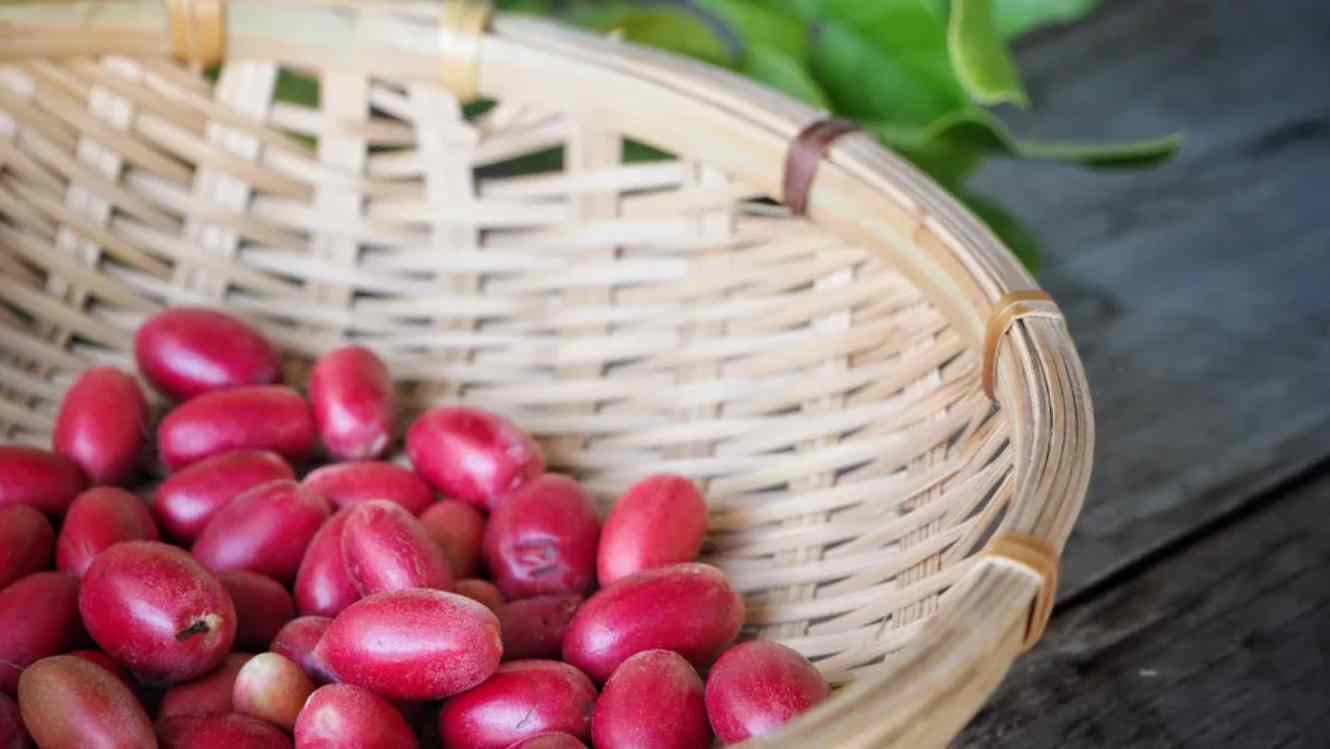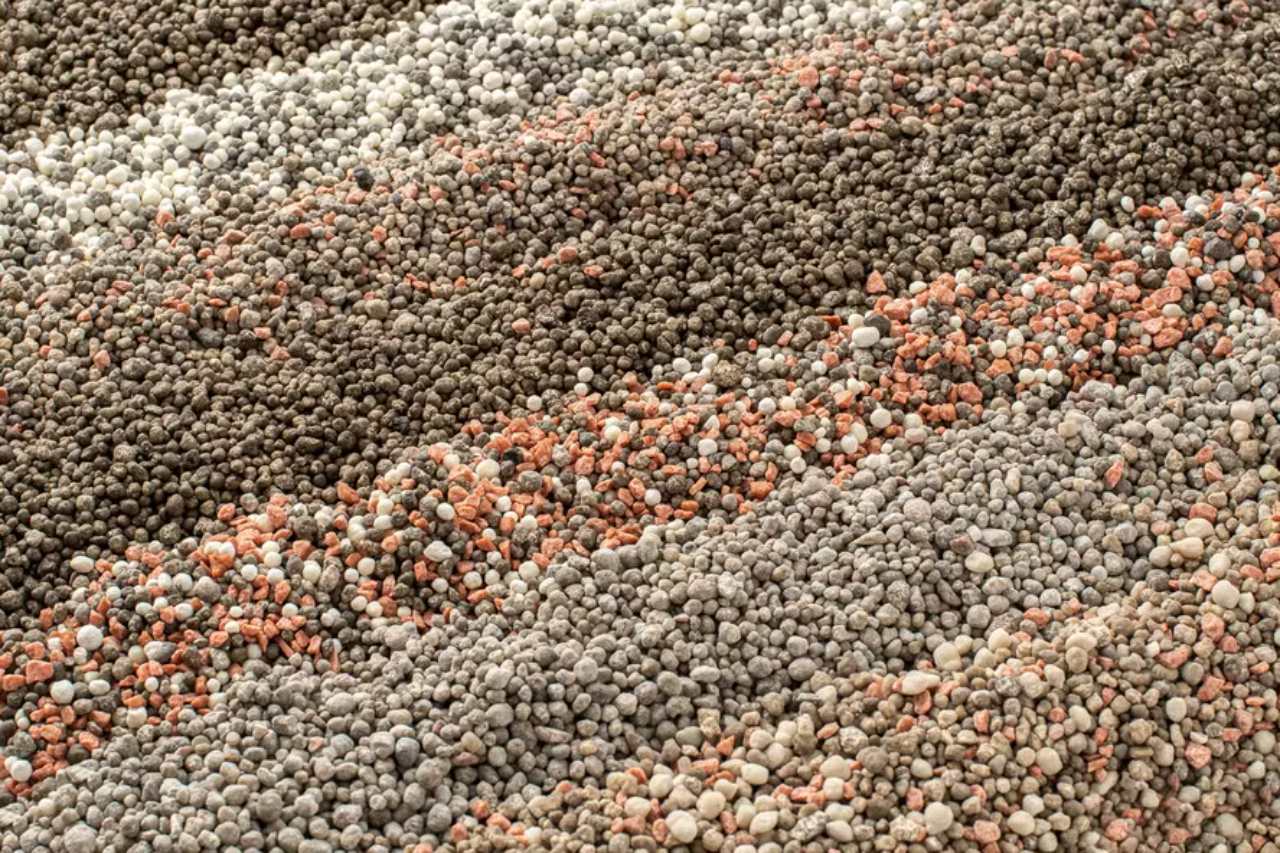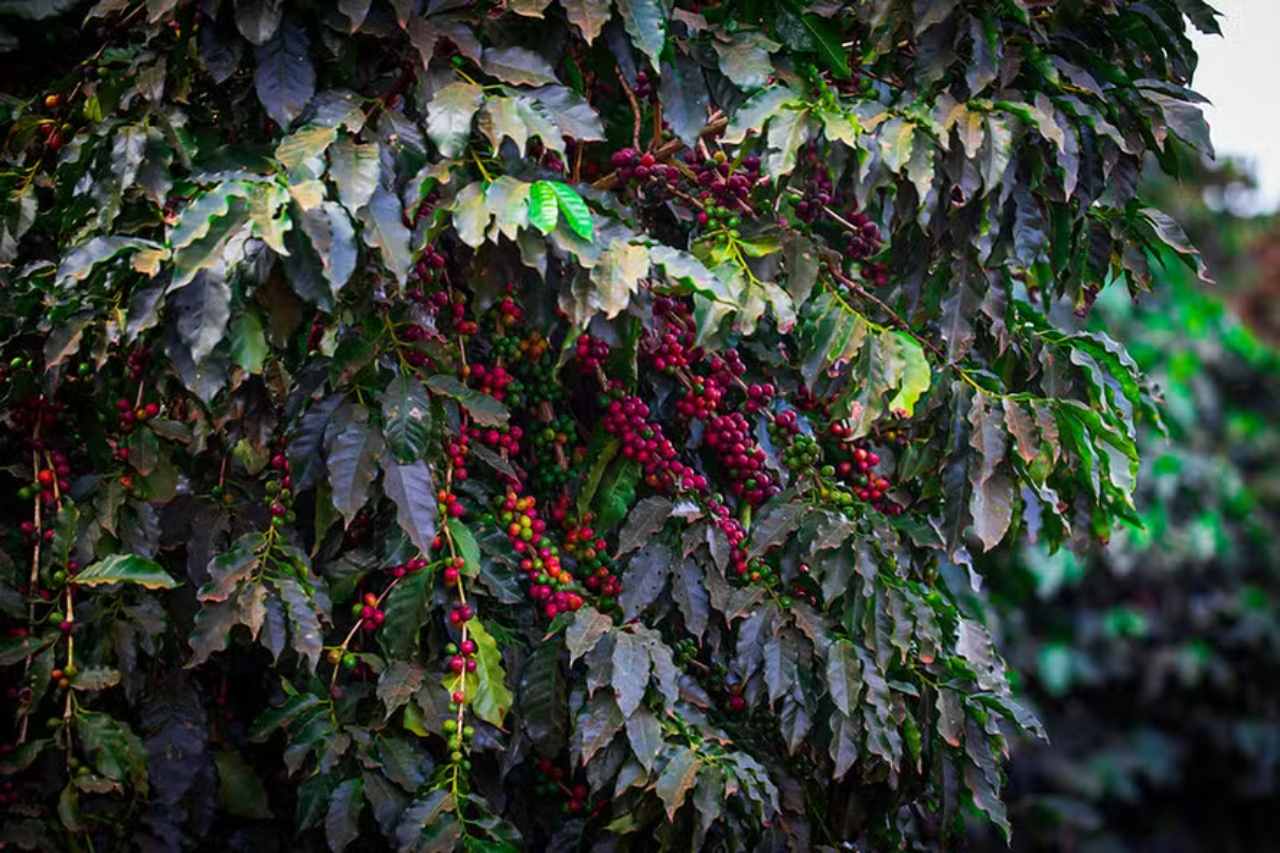This unique fruit has gained attention for its ability to sweeten bitter and sour foods.
Native to the tropical rainforests of West Africa, the miracle fruit (Synsepalum dulcificum) has reemerged in popularity for its unique ability to transform sour and bitter flavors into sweet ones. First studied in the 18th century, this plant’s “magic” lies in its remarkable flavor-altering properties.
What Does Miracle Fruit Do?
According to the National Center for Biotechnology, the secret behind this “miracle” is miraculin, a glycoprotein in the fruit that binds to taste receptors. When it contacts the tongue, it temporarily alters taste perception, turning sour and bitter foods, like lemons and vinegar, sweet. This effect can last between ten minutes and an hour.
Can You Eat Miracle Fruit?
Yes! The fruit is edible and, as studies have shown, may help reduce the need for refined sugar. It can even assist in diets for patients who require sugar-free foods, such as those managing diabetes and obesity. Besides miraculin, the plant contains beneficial compounds like antioxidants, alkaloids, lignins, phenolic acids, flavonoids, and amino acids.
How to Grow Miracle Fruit
As a tropical plant, the miracle fruit requires adequate sunlight to thrive. Although it can start in a pot, remember that over time it grows into a small shrub, reaching up to 1.5 meters tall, so choose a pot with a minimum capacity of 20 liters.
Steps to Grow Miracle Fruit:
- Prepare the soil: Enrich the substrate with iron and organic matter like worm humus.
- Ensure drainage: Add a layer of clay or gravel at the bottom of the pot for proper water drainage, preventing root rot.
- Choose a healthy seedling: Select a well-developed, quality seedling and handle it carefully during transplantation.
- Place in sunlight: Position the pot in a location that receives direct sunlight.
- Water moderately: Only water when the soil is completely dry.
- Prune carefully: Avoid removing branches near the base, as they help regulate the plant’s temperature.





